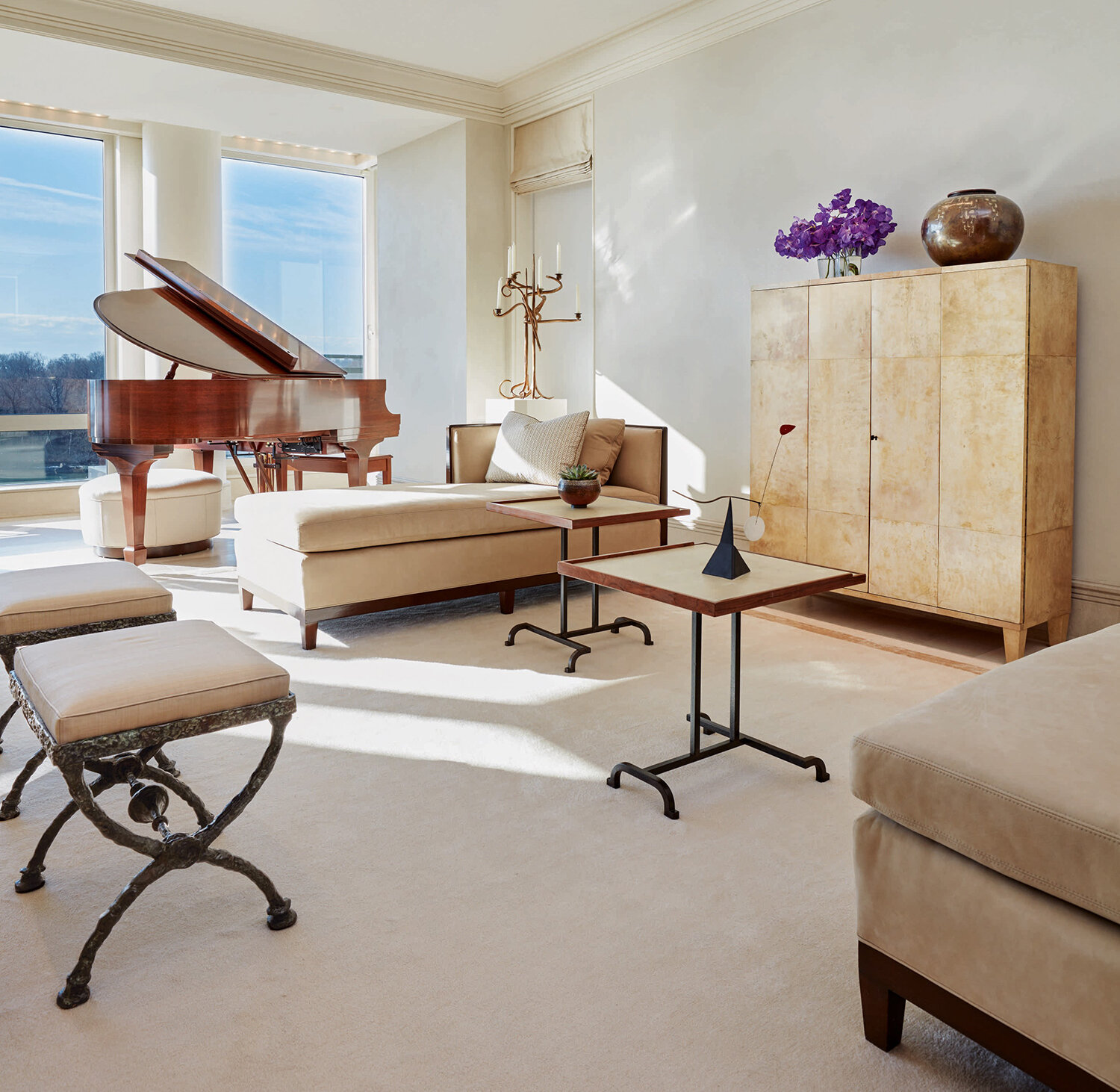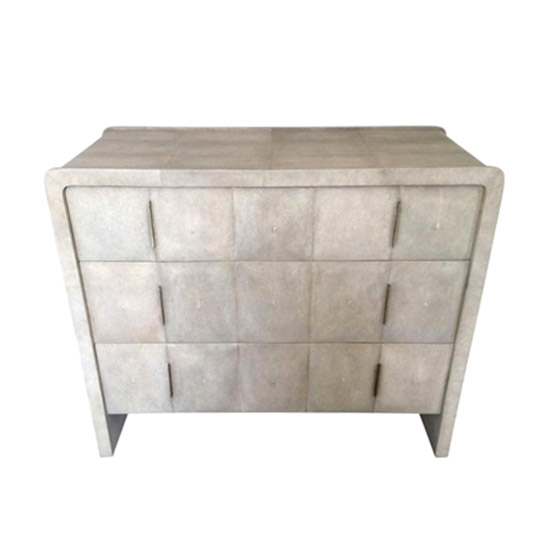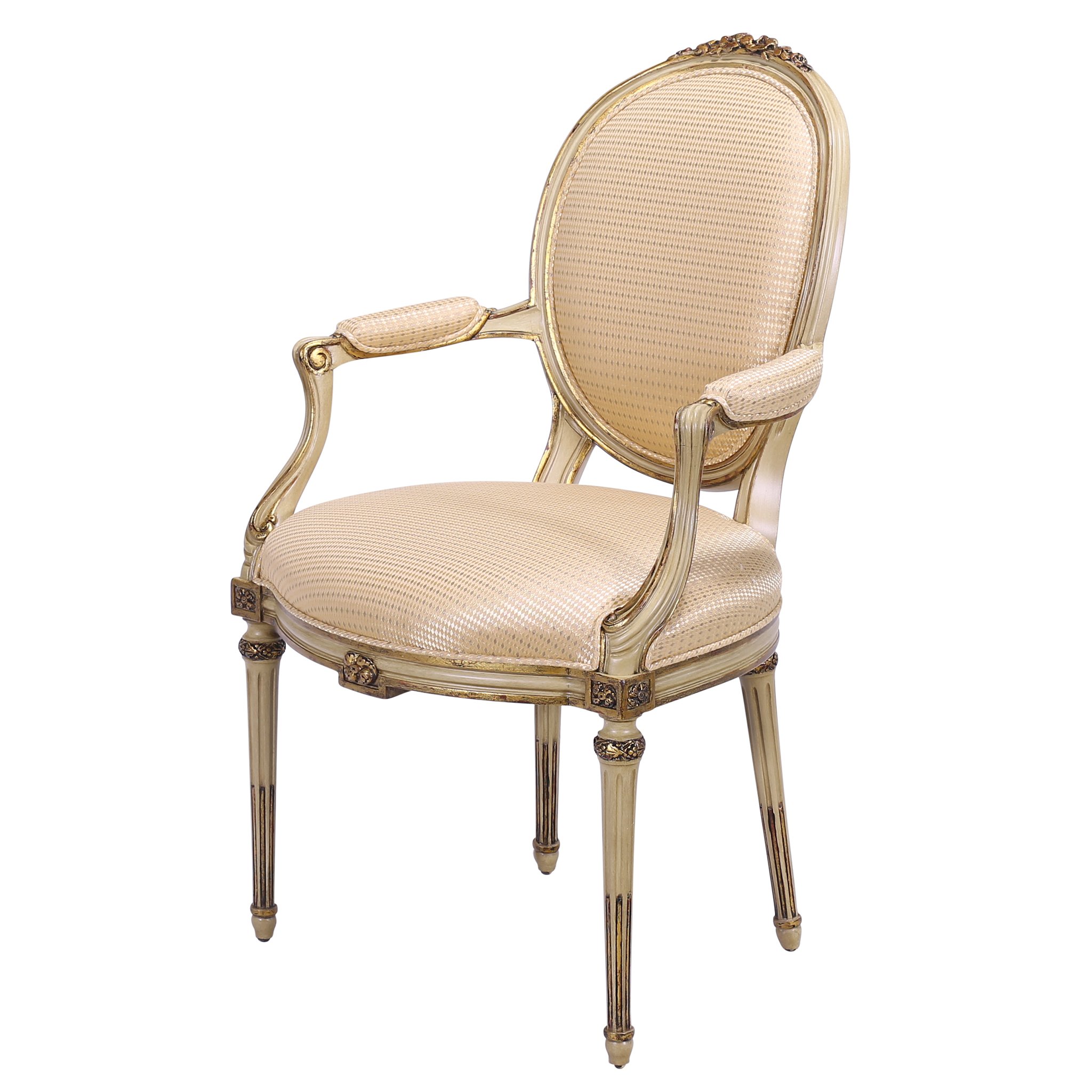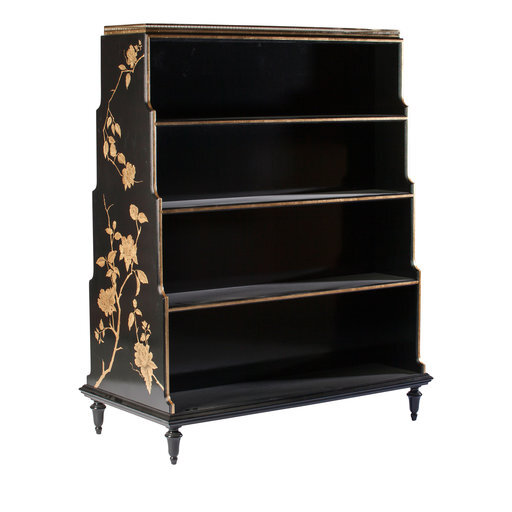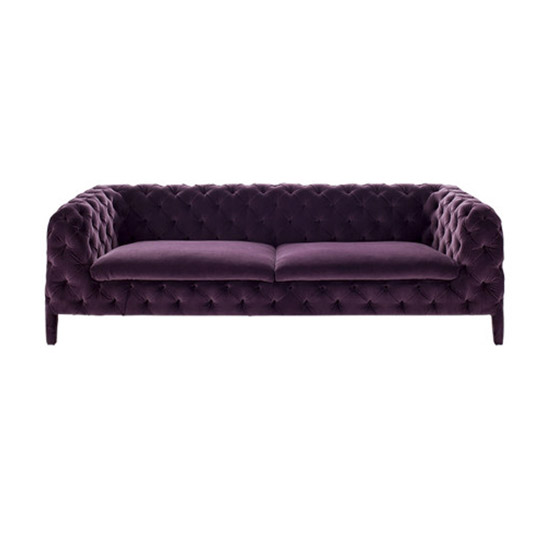Inspired Look: Purity of Design
Design obviously has rules and the essence of these rules forms the foundation of ‘pure design’. Jerry van Slambrouch, designer, consultant and educator, describes the evolution of the design element as a point, to a dot, becoming a line. Four lines create a plane – add depth and a 3-dimensional form is born. The arrangement of these elements, these details, is pure if its presentation is complete and absolute. Clear, simple and flawless. Where the classic essence is so in harmony with ourselves, our environments and our vision, there is no disruption or discomfort. But how? What moves us to feel so complete in a space?
The Chinese use the concept of Feng Shui, the flow of energy, virtually wind and water. Westerners relate to the selection, placement and juxtaposition of furnishings, color and texture. All in relation to the architecture and function of the environment affecting balance, harmony, repetition and scale. The tools and rules of design since the beginning of time. No matter what the style, to my mind pure design follows the same paragon. From ancient Greek architecture to the furniture design and glass buildings of Le Corbusier. The stupas of India are as beautifully proportioned as the 15th and 16th century ruins of Machu Picchu. Harmony and balance are achieved between the visual and functional. Between the structure and the site in nature.
Therefore, pure design is perhaps the essence out of which grows all styles. There’s rhythm to the implementation of the classic elements in a variety of forms. The repetition of mullions on a building, or the panes of glass and steel that are relieved by the punctuation of circles (actually the down lights in the interior ceiling) of a towering skyscraper, pattern on fabric, the impact of artwork and sculpture.

